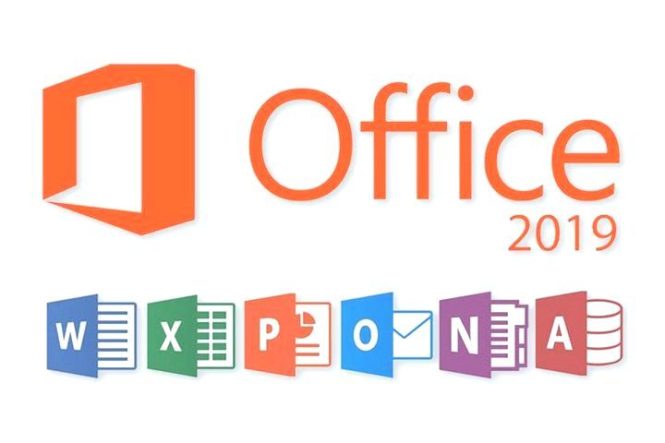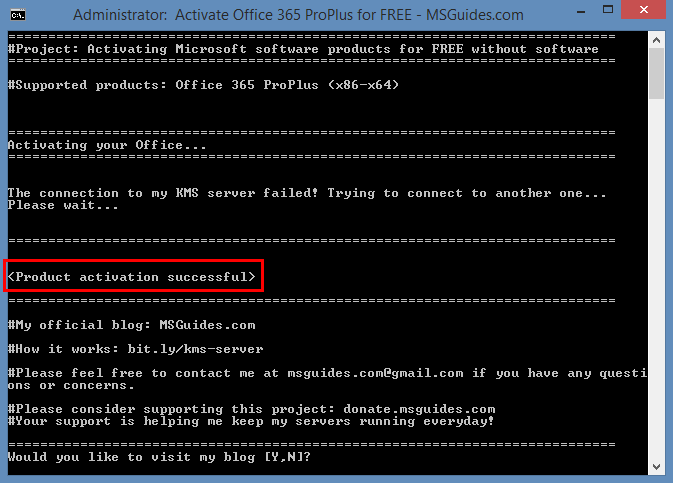

Parent scope information is also used for theming. The most specific scope is listed at the top, with more general parent scopes listed below: The example below uses the scope inspector to show the scope hierarchy for the + operator in a simple JavaScript function. Scopes nest so that each token is also associated with a list of parent scopes. In order to have your grammar as broadly supported as possible, try to build on existing scopes rather than defining new ones. TextMate provides list of common scopes that many themes target.

Themes map scopes to colors and styles to provide syntax highlighting. The + operation in JavaScript, for example, has the scope. A scope is a dot separated list of identifiers that specify the context of the current token. Example tokens include operators such as + and *, variable names such as myVar, or strings such as "my string".Įach token is associated with a scope that defines the context of the token. Tokens are one or more characters that are part of the same program element. You can find a good introduction to TextMate grammars here, and you can take a look at existing TextMate grammars to learn more about how they work. TextMate grammars rely on Oniguruma regular expressions and are typically written as a plist or JSON.

Invented for the TextMate editor, they have been adopted by many other editors and IDEs due to large number of language bundles created and maintained by the Open Source community. VS Code uses TextMate grammars as the syntax tokenization engine. Semantic tokenization and theming are explained in the Semantic Highlighting Guide. This article focuses on the TextMate-based tokenization. And as language servers can take a while to load and analyze a project, semantic token highlighting may appear after a short delay. Semantic highlighting goes on top of the syntax highlighting. Highlighting based on semantic tokens is considered an addition to the TextMate-based syntax highlighting. For example, a constant variable name can be rendered using constant highlighting throughout the project, not just at the place of its declaration. Semantic providers are typically implemented by language servers that have a deeper understanding of the source file and can resolve symbols in the context of the project. Starting with release 1.43, VS Code also allows extensions to provide tokenization through a Semantic Token Provider. Tokens are used for syntax highlighting, but also to classify the source code into areas of comments, strings, regex. The TextMate tokenization engine runs in the same process as the renderer and tokens are updated as the user types. VS Code extensions can contribute grammars through the grammars contribution point. TextMate grammars are a structured collection of regular expressions and are written as a plist (XML) or JSON files. VS Code's tokenization engine is powered by TextMate grammars. The tokenization of text is about breaking the text into segments and to classify each segment with a token type.

To see both semantic and syntax token, use a built-in theme (for example, Dark+) on a TypeScript file. Theming: Using themes or user settings to map the tokens to specific colors and stylesīefore diving into the details, a good start is to play with the scope inspector tool and explore what tokens are present in a source file and what theme rules they match to.Tokenization: Breaking text into a list of tokens.There are two components to syntax highlighting: It is responsible for colorizing keywords like if or for in JavaScript differently than strings and comments and variable names. Syntax highlighting determines the color and style of source code displayed in the Visual Studio Code editor.


 0 kommentar(er)
0 kommentar(er)
